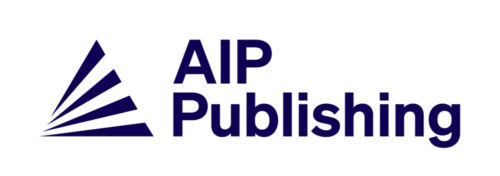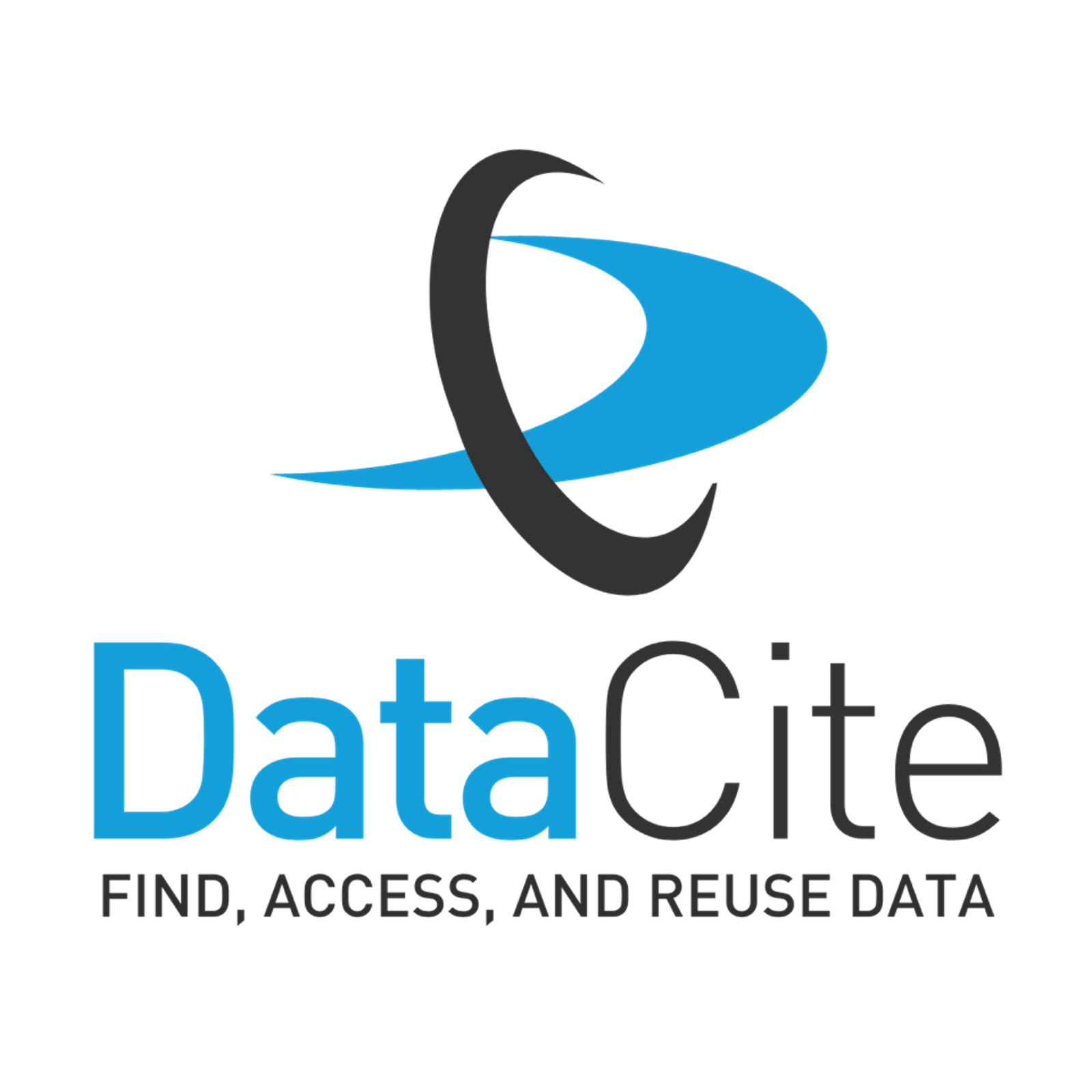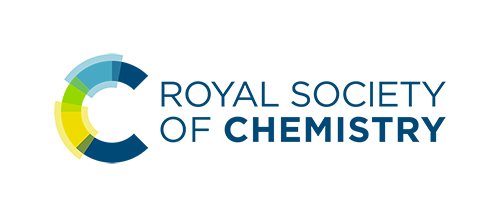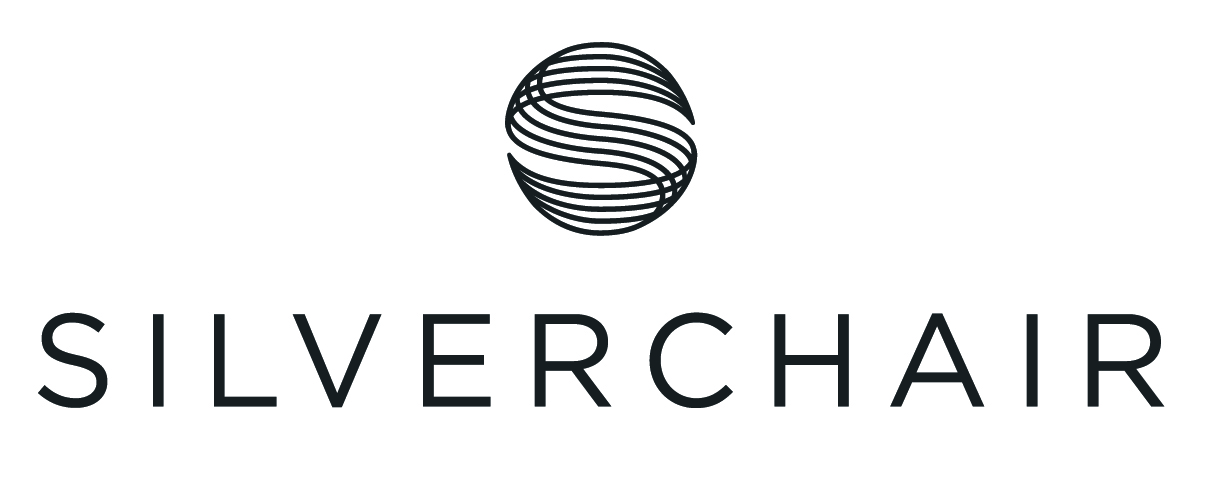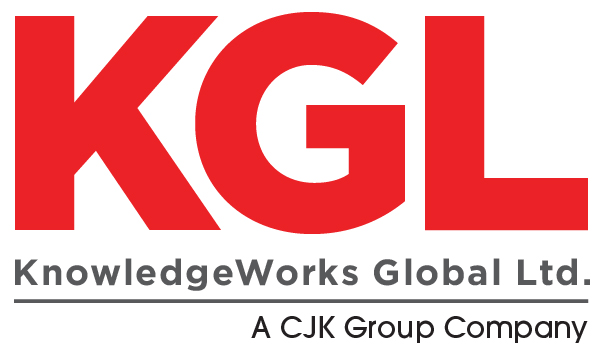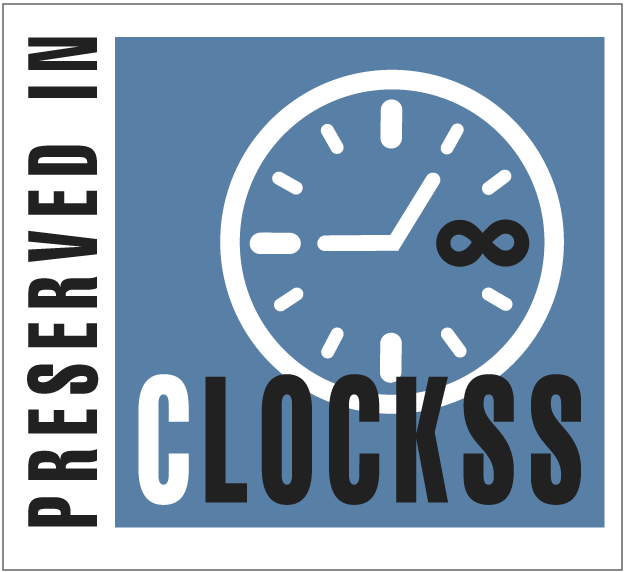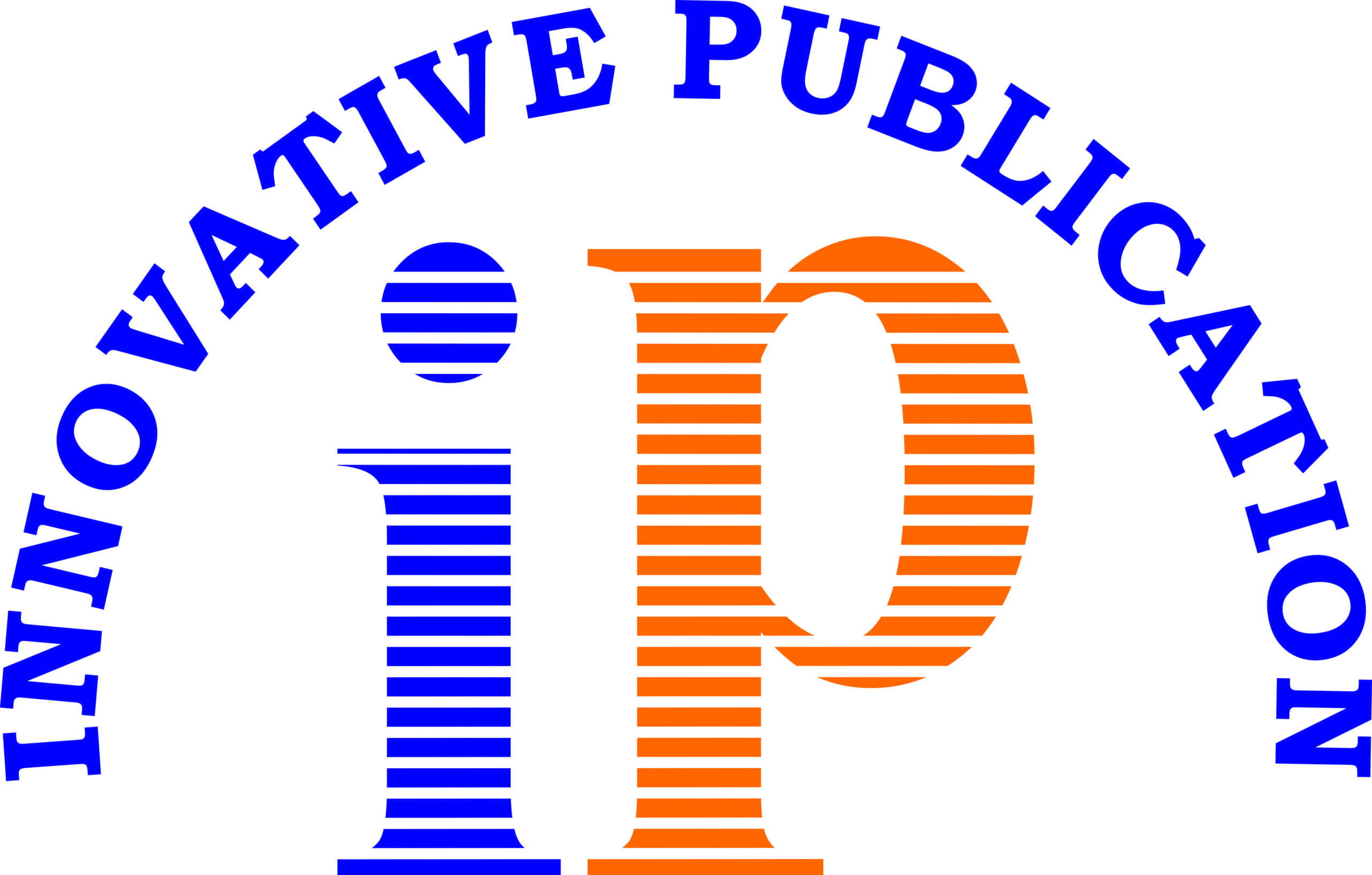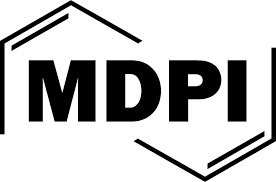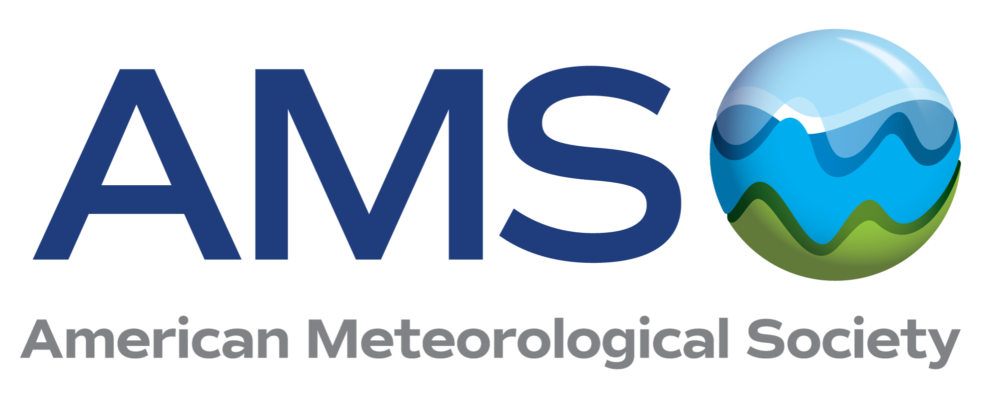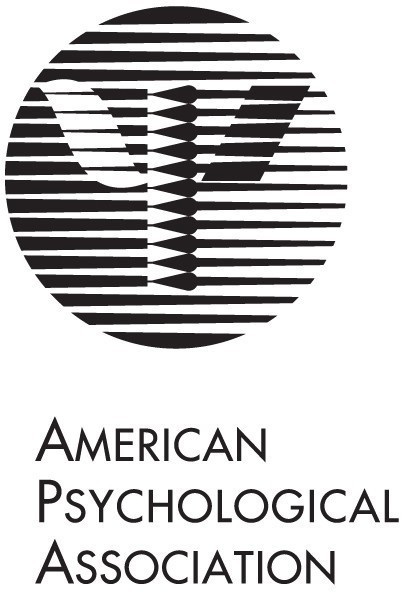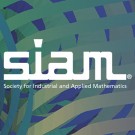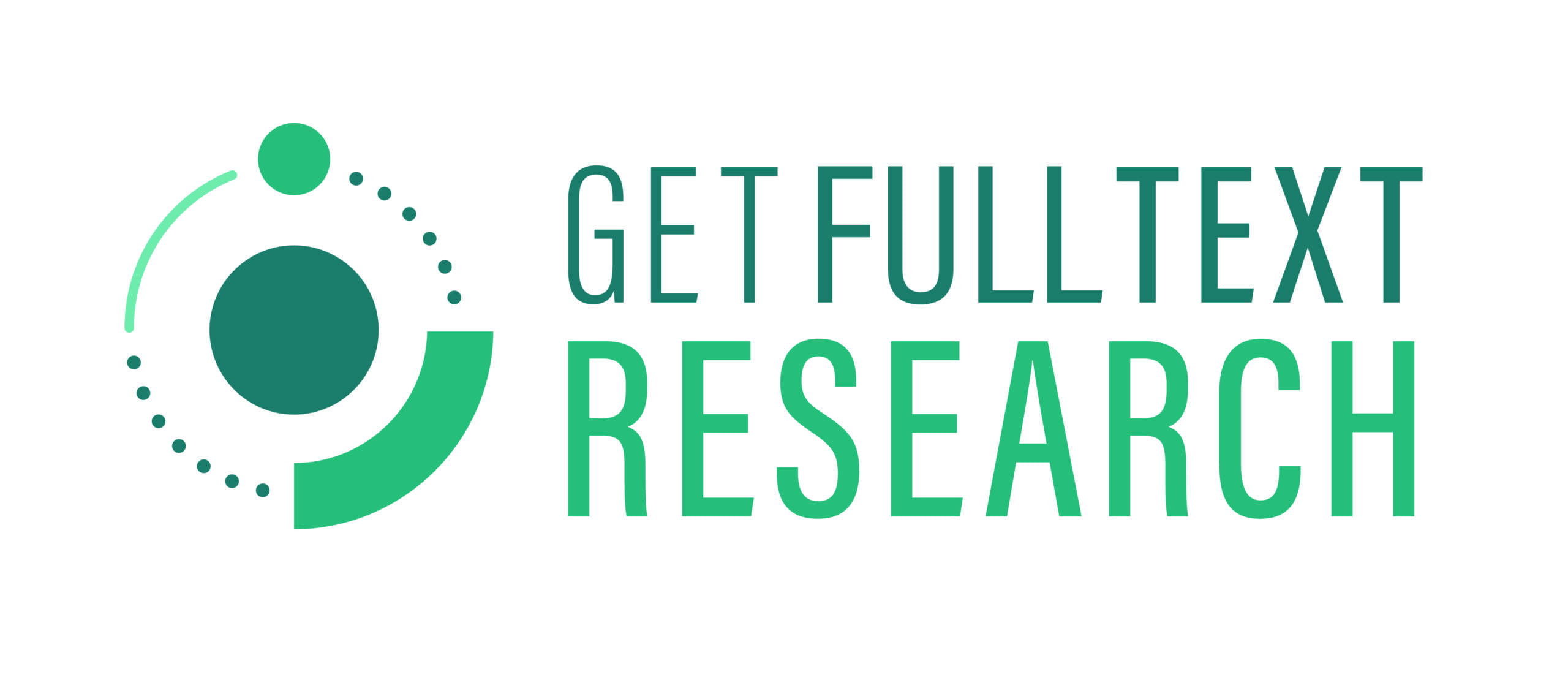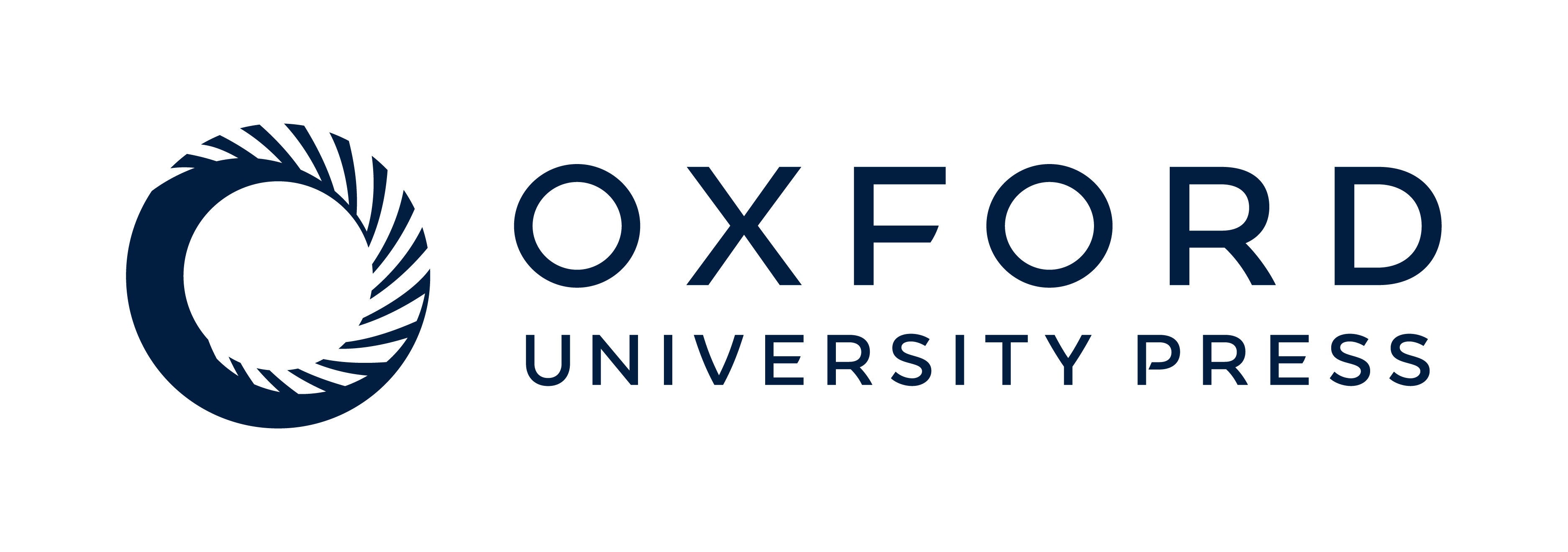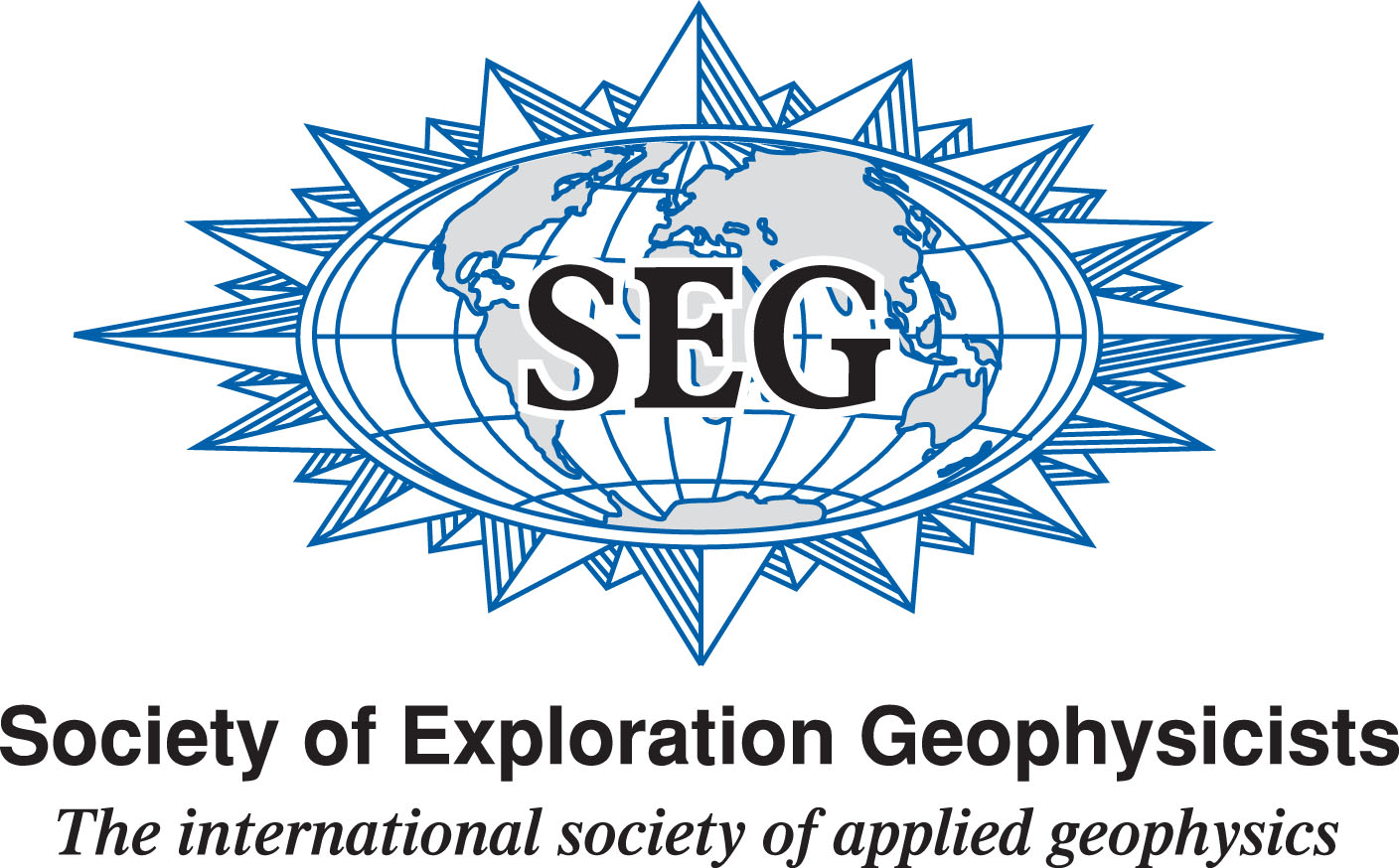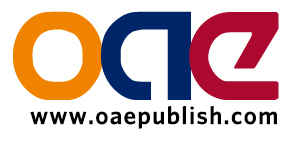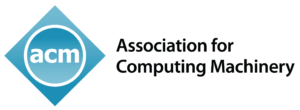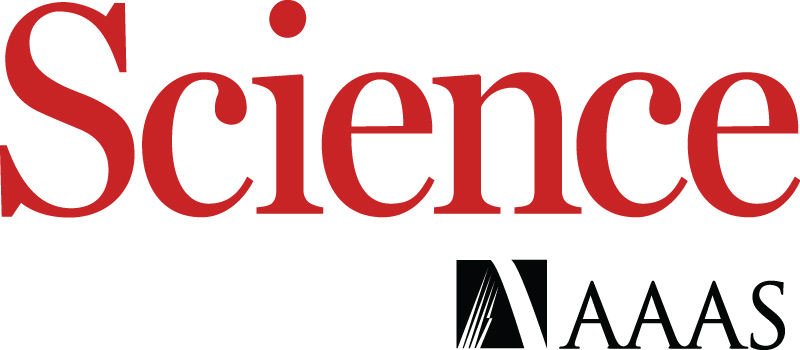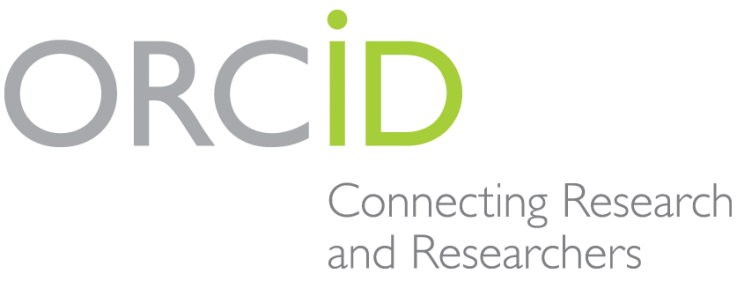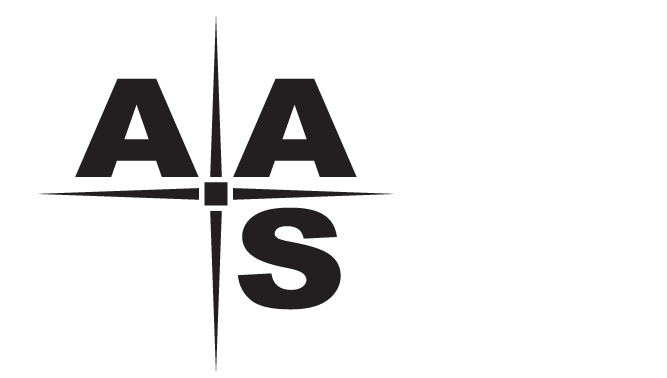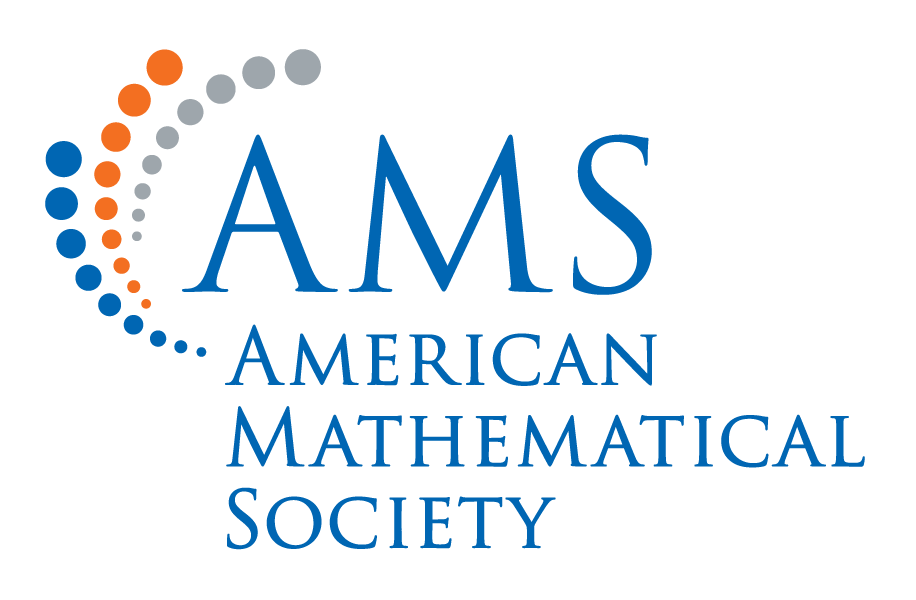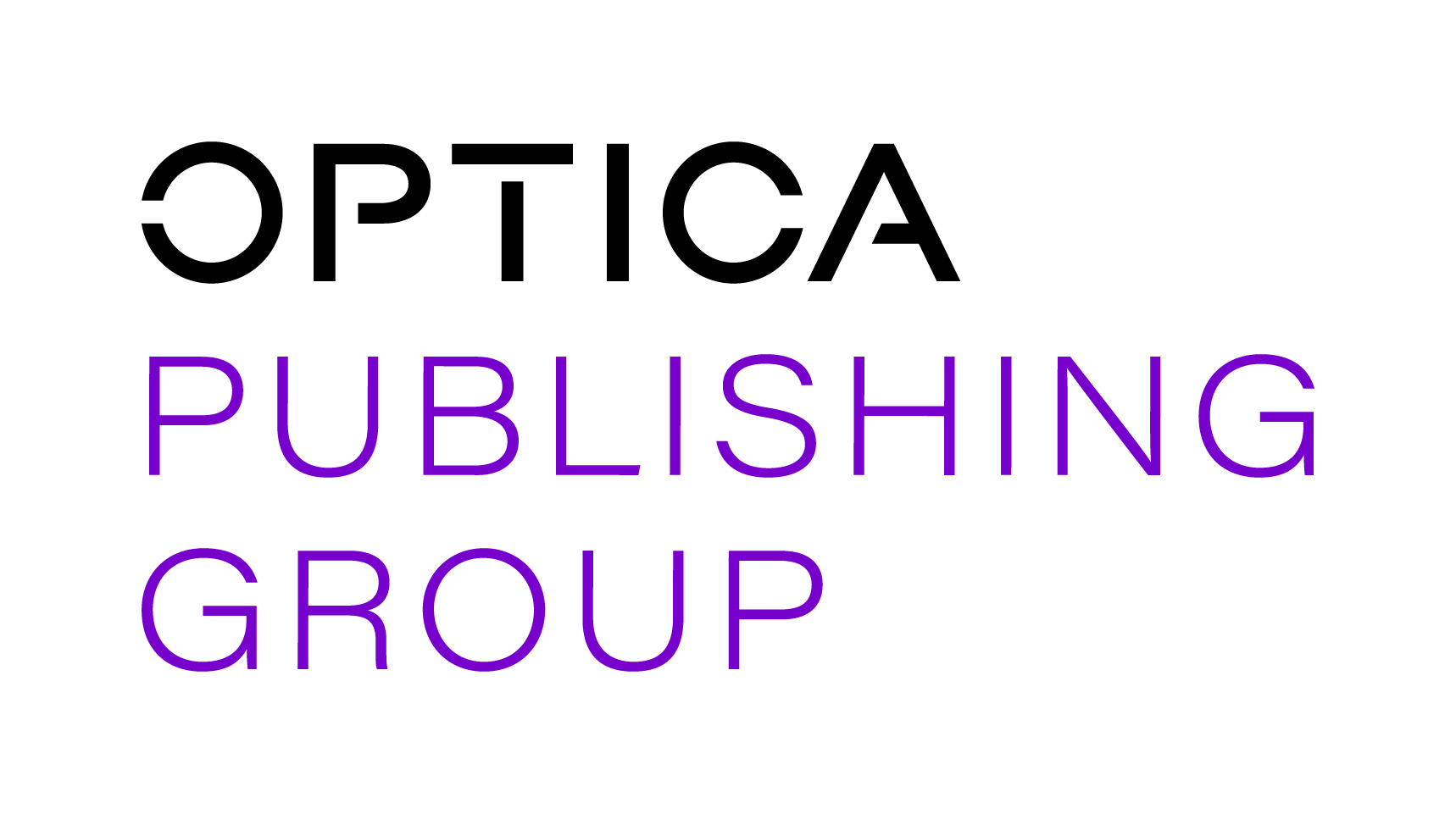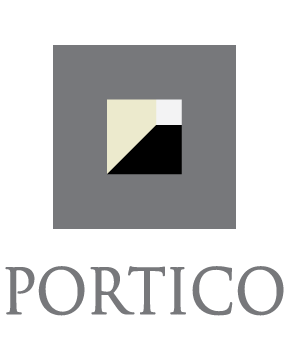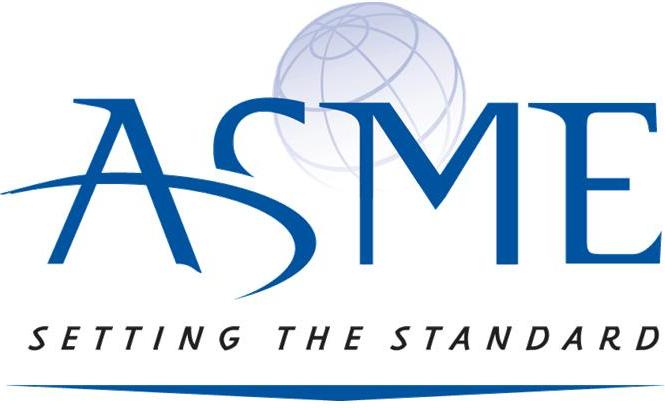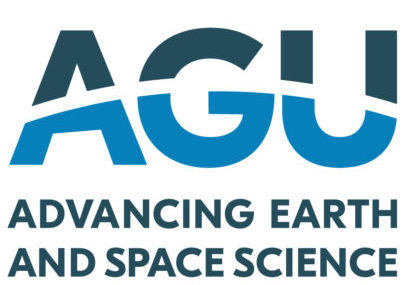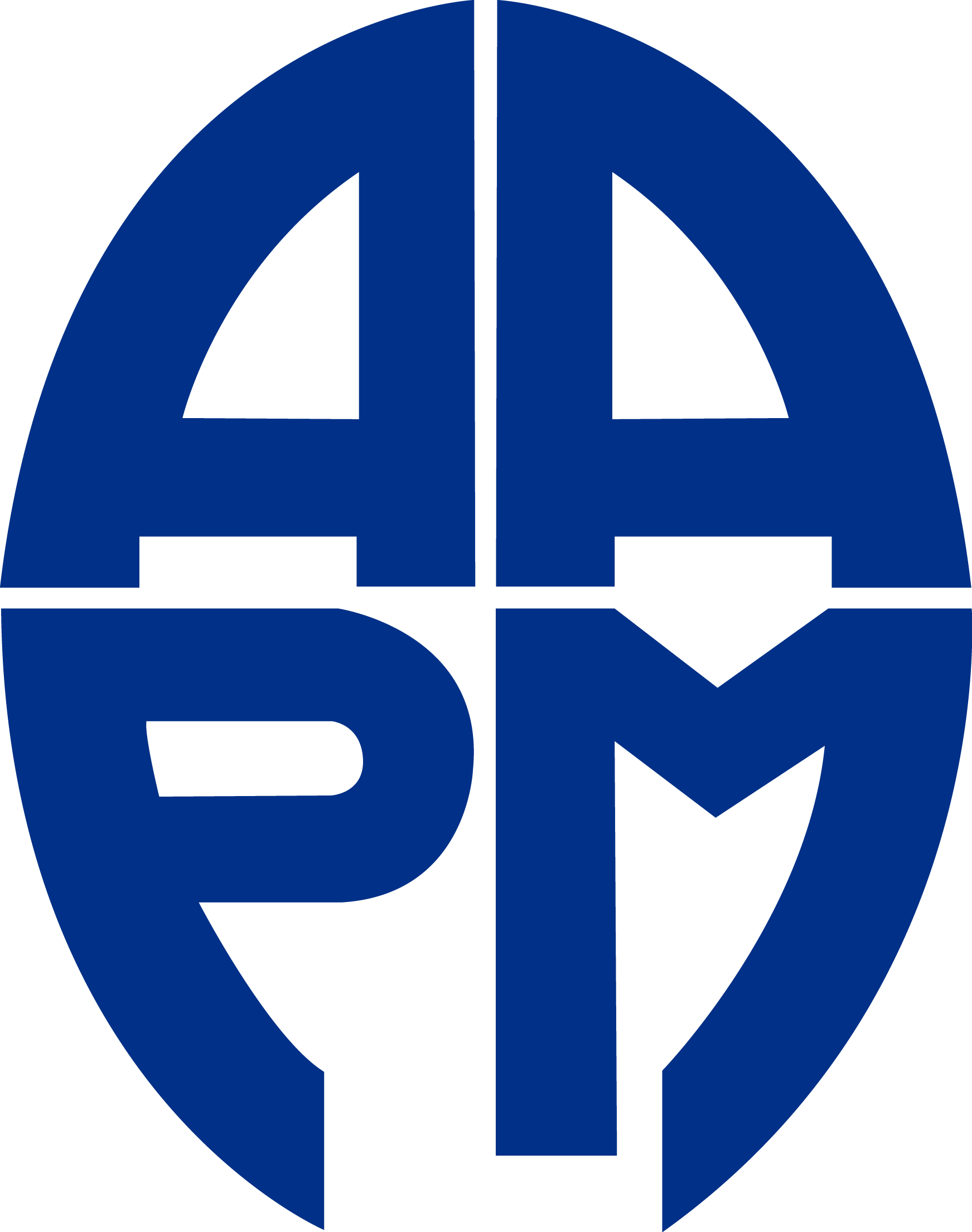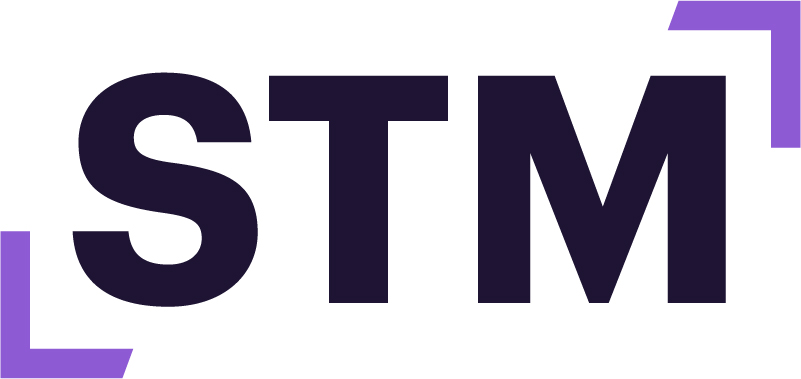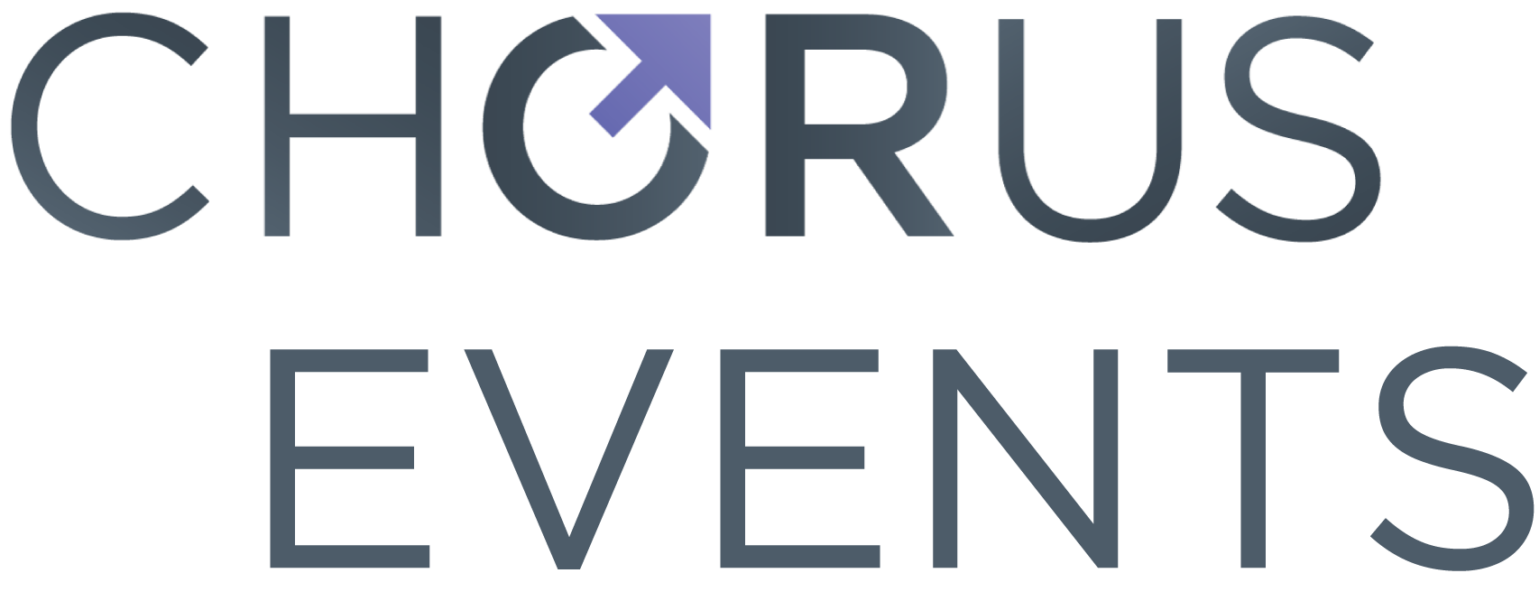 The forum which was held on 18 June 2025 focused on accessibility in scholarly communications. Panelists discussed responsibilities, challenges, and case studies. Judy Russell (University of Florida) who moderated the discussion and Lettie Conrad (Independent Researcher & Consultant) mentioned the need for shared responsibility in accessibility, highlighting legal frameworks like the ADA and the EU’s Accessibility Act. Lettie Conrad and Simon Holt (Elsevier) stressed the importance of engagement and the scalability of accessibility efforts, noting the significant costs involved. Caroline Coward (NASA Jet Propulsion Laboratory) shared her experiences at NASA, underscoring the need for both physical and digital accessibility. The panelists agreed on the necessity of collaborative efforts and creative solutions to ensure accessible content for all users and emphasized the economic and ethical importance of accessibility, highlighting that it is cheaper to implement than legal fees and excluding 1.5 billion people from potential customers is unjustifiable.
The forum which was held on 18 June 2025 focused on accessibility in scholarly communications. Panelists discussed responsibilities, challenges, and case studies. Judy Russell (University of Florida) who moderated the discussion and Lettie Conrad (Independent Researcher & Consultant) mentioned the need for shared responsibility in accessibility, highlighting legal frameworks like the ADA and the EU’s Accessibility Act. Lettie Conrad and Simon Holt (Elsevier) stressed the importance of engagement and the scalability of accessibility efforts, noting the significant costs involved. Caroline Coward (NASA Jet Propulsion Laboratory) shared her experiences at NASA, underscoring the need for both physical and digital accessibility. The panelists agreed on the necessity of collaborative efforts and creative solutions to ensure accessible content for all users and emphasized the economic and ethical importance of accessibility, highlighting that it is cheaper to implement than legal fees and excluding 1.5 billion people from potential customers is unjustifiable.
Key points of the discussion included the need for iterative improvements, normalizing accessibility features like closed captions and alt text, and the potential of metadata to empower disabled consumers. The conversation also stressed the importance of flexible content and user interfaces, cultural change, and the roles in advocating for accessible content. The goal is to make accessibility a standard practice rather than a specialty.
The panel was asked to provide their thoughts on who is responsible and accountable for accessibility.
The panelists discussed the need for a collaborative approach to accessibility, involving users and stakeholders in the development of standards and solutions.
Lettie believes there should be a shared responsibility structure for accessibility compliance, emphasizing the need for strong leadership and collaboration across different areas of expertise. Lettie also called attention to the differences between ADA and EAA policy requirements. While the ADA focuses responsibility on the institutions that license content that have direct access to the users who have needs for accessible content/services, such as research firms, labs, libraries, research institutions, and public libraries, the EAA act indicates the responsibility lies with the actual source of the instance.
Simon emphasized the importance of engagement from all stakeholders, including authors, readers, and librarians, in ensuring accessibility. Thinking about content, publishers have responsibility for providing the content but authors have responsibility for engaging with the content and checking that what the publisher provides is correct and readers have responsibility for flagging issues they see as incorrect and give feedback to publishers whether it be good, bad, or indifferent. In a recent pilot around alt text provisions, it was found to be difficult to find end users with disabilities so Simon asked if librarians could help identify end users with disabilities and actively work with authors and editors to improve accessibility. A concern is that publishers will have accessibility features without any real idea of whether these are doing the job they are intended to do. What publishers are trying to achieve is changing this from an optional extra to a core part of everything they do and in order to do this they need to change this from a cost and compliance narrative to an investment opportunity with everyone in our community.
Caroline added, in terms of responsibility, quite often when thinking about compliance and the responsibility there is an urge to only be compliant with a regulation which often results in doing the least required, noting this approach doesn’t always help the user. Caroline shared a personal example of a federally mandated training packet that is supposed to be accessible yet there is no screen reader available for someone who doesn’t need a screen reader all the time. So, when we think about accessibility, whoever is providing the content to the user needs to be responsive when a user says they are not able to access the content.
Video: 14:47
Panelists then discussed the challenges and solutions and future needs and directions.
Case Studies and Use Cases were discussed and the panelists emphasized the need for creative solutions and collaboration to overcome accessibility barriers.
◊ Caroline shared a use case about the inaccessibility of federally mandated employee training content and the challenges faced in making it accessible.
◊ Judy shared a use case around testing Library Press content and realized that the library could not — and should not — be asking publishers to do something that the library was not doing.
◊ Simon discussed the importance of engaging authors in the process of creating accessible content and the challenges of scaling accessibility efforts.
◊ Caroline shared her experience with physical accessibility challenges at JPL and the importance of addressing both digital and physical barriers.
◊ Caroline encouraged attendees to share their own use cases to a google doc.
Challenges and Solutions in Accessibility
- The financial and logistical challenges of making content accessible, including the need for sustainable solutions.
- The importance of tying accessibility efforts to the mission and goals of the organization to ensure long-term commitment.
- The need for transparency and collaboration in addressing accessibility gaps and the importance of user feedback in improving accessibility.
Investing in Accessibility for Business Benefits
- The low cost of implementing accessibility measures compared to the high cost of legal action.
- Excluding 1.5 billion people from the potential customer base is unjustified and creates a significant business risk.
Normalizing Accessibility in Technology and Content
- Remember the significance of historical implementation of accessibility features in everyday technology, such as closed captions and audio descriptions.
- Normalize accessibility as a user experience tool rather than specialist technology.
- Identify objectives for accessibility, including image descriptions, video accessibility, and accessible file formats.
- Address behavioral and cultural changes to fully integrate accessibility into everyday practices.
Future of Accessibility and Technological Advancements
- A prediction that future accessibility will focus on flexible and adaptable content, allowing users to customize their experiences.
- The upcoming rewrite of the Web Content Accessibility Guidelines will focus on functional needs of users, a wider range of disability needs, personalization and adaptation, use of personas, inclusive design, and the introduction of a new scoring model.
- The benefits of enriching metadata for better search and repurposing of content.
- The importance of working with authors and editors to improve the accessibility of content from the beginning.
Video: 29:22
The panelists left the audience with the final thought to remember that people with disabilities are just that—people—and deserve equal access to content and services. Also, the conversation is not over but ongoing. Accessibility is a continual challenge, and we must all be vigilant advocates.
Link to the recording can also be found on the event page.
If you would like to connect with our panelists, they can all be reached on LinkedIn.

